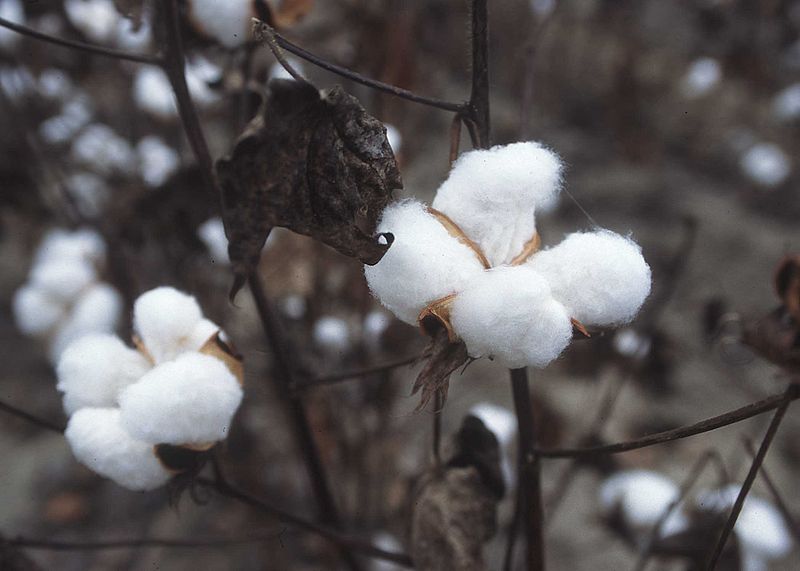
Washington, DC (BBN)- The International Cotton Advisory Committee (ICAC) sees that the currency crisis in India is temporarily exacerbating the existing situation, since that country is the world’s largest producer of cotton and second largest exporter in the global market.
Prices have remained high as the bulk of the 2016/17 crop is only just now reaching the international market, according to the ICAC.
Despite weak global demand for cotton and higher production in 2016/17, international cotton prices have remained elevated, with the Cotlook A Index averaging 79 cents/lb during the first four months of the season.
The unanticipated shortfall in production in 2015/16 led to a 14 per cent decline in both world stocks and in stocks outside of China, which pushed prices up at the end of last season.
On the other hand, insufficient supplies of the new notes have led to a currency crisis, since much of the Indian economy operates on a cash basis, including payments to farmers.
“This has led to delays in sales of cotton and shipments to ports, creating shortages in the domestic market as well as reducing supplies to the global market,” the ICAC explained.
However, the effect of the crisis will be limited as the crisis is likely to be resolved in the near future, it noted.
Due to the delay in Indian cotton reaching the global market, other countries may benefit from increased exports in the short term.
Bangladesh is expected to be the largest importer of cotton in 2016/17 for the second consecutive season as its mill use continues to grow, with imports expanding by 1.0 per cent to 1.4 million tonnes.
Bangladesh, which imports from India, may use cotton from other countries for its immediate needs.
Exports from the United States are projected to increase by 29 per cent to 2.6 million tonnes, remaining the world’s largest exporter.
The sizeable crop anticipated in Australia is likely to cause its exports to increase by 21 per cent to 750,000 tonnes.
Exports from Burkina Faso and Mali, the sixth and seventh largest exporters, are expected to increase by 13 per cent to 295,000 tonnes and by 17 per cent to 255,000 tonnes, respectively, as a result of larger crops.
Cotton from these origins may replace some of India’s exports if their crops reach the global market sooner, the ICAC observed.
Indian cotton exports are expected to fall by 34 per cent to 825,000 tonnes in 2016/17. After declining by 1.0 per cent in the previous season, world cotton mill use is expected to remain stable at 24.2 million tons in 2016/17.
Cotton consumption is projected to remain stable in the top three consuming countries: China at 7.4 million tonnes, India at 5.2 million tonnes and Pakistan at 2.3 million tonnes.
Higher cotton prices and lower demand for cotton yarn from China have limited growth in cotton mill use in India and Pakistan.
World cotton production is projected to rise by 7.0 per cent to 22.5 million tonnes.
Although India’s cotton area contracted by 8.0 per cent to just under 11 million hectares, production is unchanged from 2015/16 at 5.8 million tons. The average yield increased by 9.0 per cent to 526 kg/ha.
Output in China shrank by 4.0 per cent to 4.6 million tonnes while production in the United States rose by 24 per cent to 3.5 million tonnes.
Pakistan’s cotton production increased by 24 per cent to 1.9 million tonnes in 2016/17.
Brazil’s cotton production is forecast to increase by 8.0 per cent to 1.4 million tonnes.
Despite remaining stable, world cotton consumption is forecast to exceed world production by 1.7 million tonnes, which also contributes to firm cotton prices in 2016/17.
As a result, ending are projected to shrink by 9.0 per cent to 17.4 million tons, which represents 72 per cent of expected mill use.
BBN/SSR/AD